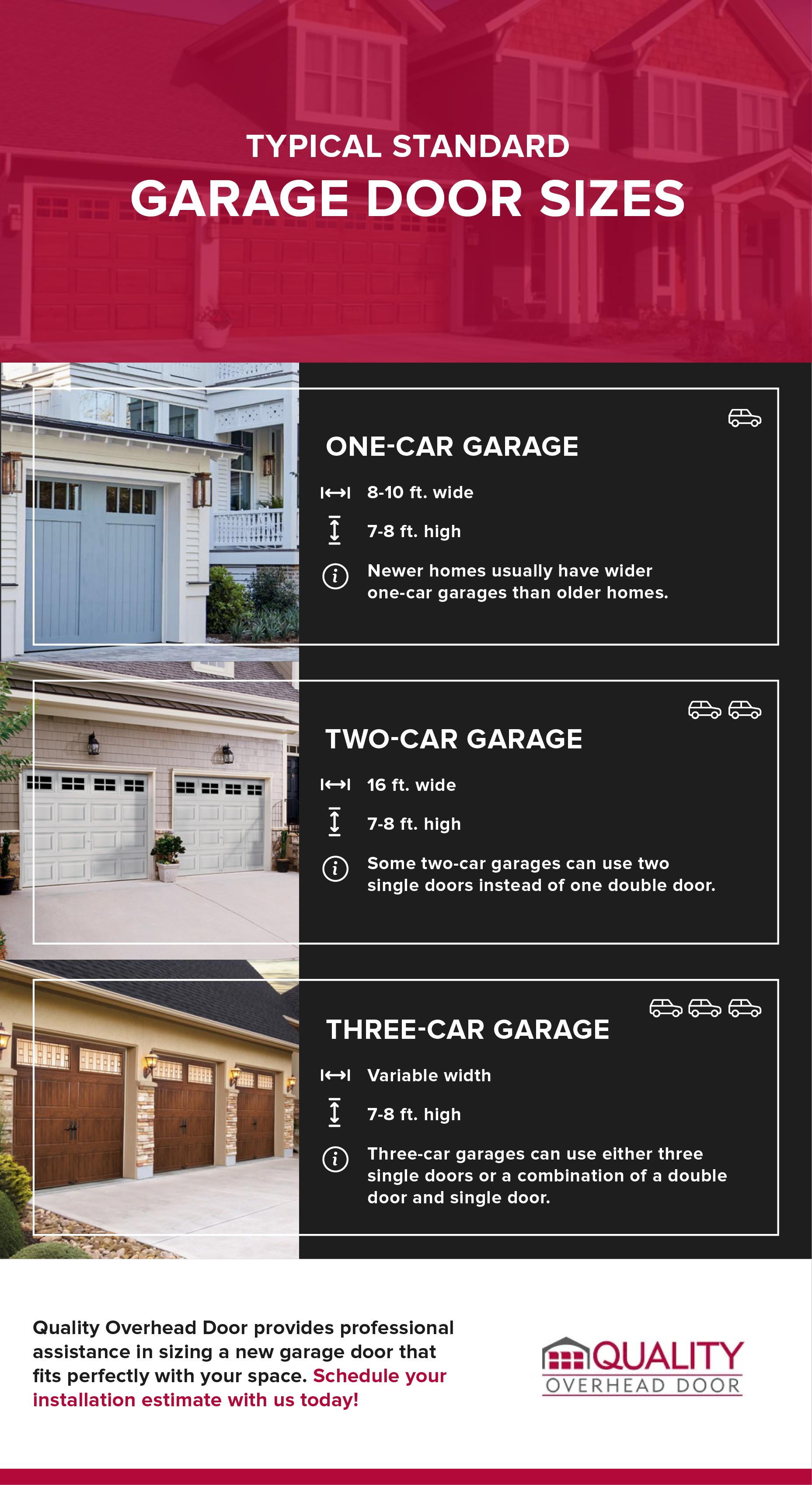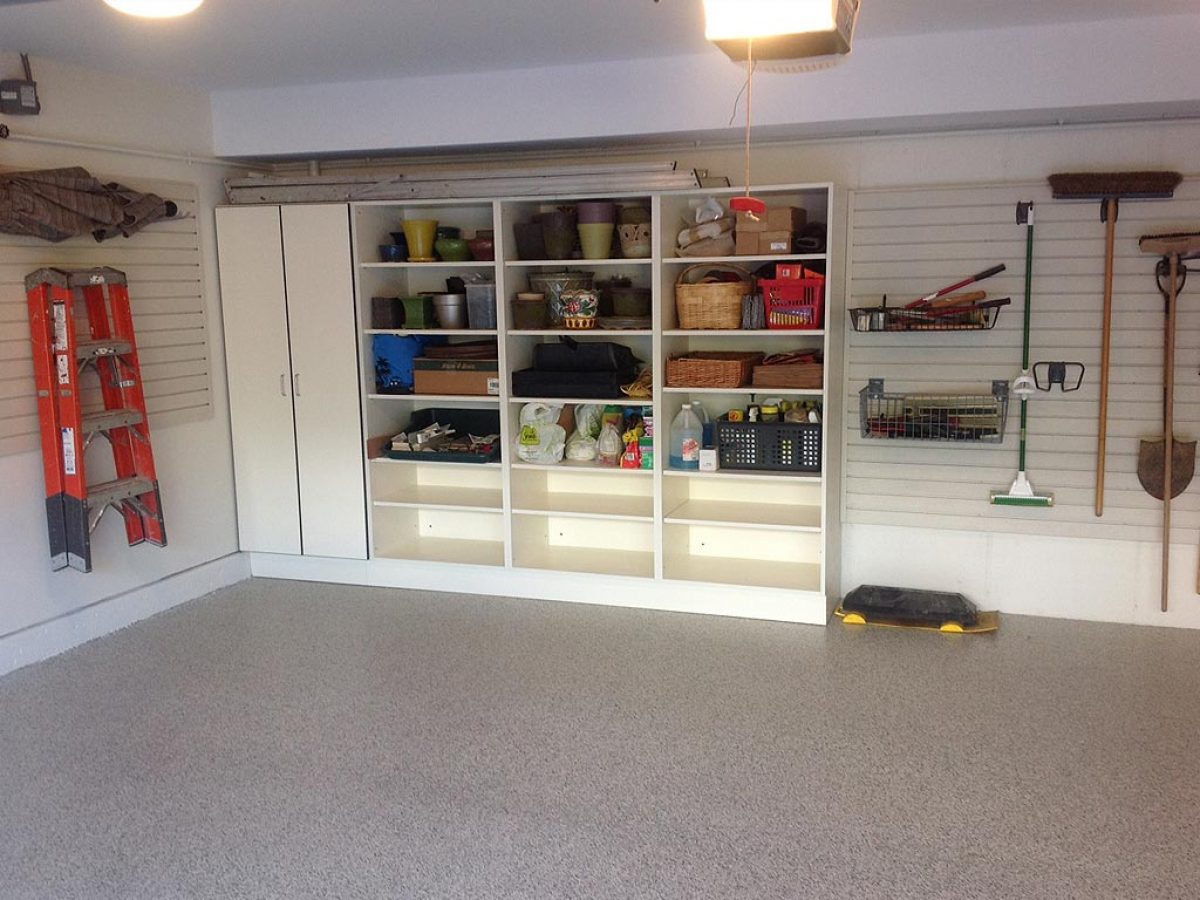
Garage shelving is a great way to improve the efficiency of your storage space. There are many different types and styles to choose from. You have the option of freestanding units, which can be assembled quickly, or mounted shelves that attach to your garage walls. Each type of garage shelving comes with its own benefits and drawbacks.
Freestanding units are typically heavier than those mounted. They are also more portable than mounted shelving. They are, however, less stable. While they may increase mobility, they can also lower the maximum weight.
Mounted units require more work and are harder to install. You should choose the right shelving system if you intend to store heavy items. The right kind of shelving will allow you to maximize your storage space while providing an attractive appearance.

It is an excellent option. It is lightweight and easy to use, but strong enough that it can support heavy objects. Many wire shelving systems can even be equipped with wheels. No matter whether you are looking for a freestanding, mounted or combination unit, it is crucial to choose the right materials in order to protect your investment. Because it is lightweight and easy-to-stain, particle board is a great choice.
Another option is to use metal shelving. Metal shelving can be cleaned easily and is durable. Metal shelving can be freestanding or secured with fasteners. You can also use all-purpose cleaners or degreasers to clean your metal shelving.
Shelving racks can come in a variety materials such as plastic, steel, or MDF. While metal and plastic are often the first choices for most homeowners, MDF is often a better choice. Compared to particle board, MDF is a lighter material that is easier to clean. It isn’t as water-resistant as metal, however. It can also be damaged by moisture in outdoor environments.
The main thing to remember when selecting a garage shelving unit is its weight capacity. You'll also need to consider how often you plan on cleaning your shelving. You might find that your garage shelving unit needs to be cleaned more often depending on the use you make.

A good garage shelving system will have a bench and shelves that can hold your items. While you don't have to have a full-blown workshop in your garage, you should make sure that you have a safe and secure area to store your tools and other equipment. This will protect your tools from theft and make it easier to find them when you are in need.
The Seville Classics ultradurable steel wire shelving is one of the best garage shelving options. The model has a 500-pound maximum weight and is made from steel wire and chrome plating. It is also easy to assemble.
FAQ
Why remodel my house when I could buy a new home?
While it's true that houses get less expensive each year you still need to pay the same price for the same square footage. Even though you may get a lot of bang for your buck, you also pay a lot for that extra square footage.
It's cheaper to maintain a house without much maintenance.
You can save thousands by remodeling your existing home rather than buying a completely new one.
Remodeling your home can make it more comfortable and suit your needs. Your home can be made more inviting for you and the family.
What is the difference between building a new home and gutting a current one?
Gutting a home involves removing everything within a building including walls and floors, ceilings as well as plumbing, electrical wiring, appliances, fixtures, and other fittings. This is usually done when you are moving into a new home and need to make some adjustments before you move in. Gutting a home is typically very expensive because so many things are involved in doing this work. Depending on your job, the average cost to gut a home can run from $10,000 to $20,000.
The process of building a home involves the construction of a house from one frame to another. Next, the builder adds walls, flooring and roofing. This is done usually after purchasing lots. It is usually cheaper than gutting a house and will cost around $15,000 to $30,000.
It really depends on your plans for the space. If you are looking to renovate a home, it will likely cost you more as you will be starting from scratch. However, if you want to build a home, you won't have to worry about ripping everything apart and redoing everything. You can build it as you wish, instead of waiting to have someone else tear it apart.
Which order should you renovate the house?
The roof. The second, the plumbing. Third, the electrical wiring. Fourth, the walls. Fifth, floors. Sixth, are the windows. Seventh, doors. Eighth, the kitchen. Ninth, the bathrooms. Tenth: The garage.
After all the above, you are now ready for the attic.
If you don't know how to renovate your own house, you might hire somebody who does. Renovations take time, patience, and effort. It is also expensive. You don't need to put in the effort or pay the money.
While renovations can be costly, they can help you save a lot of money over the long-term. A beautiful home can make your life easier.
What is included in a full-scale kitchen remodel?
A complete kitchen remodel involves more than just replacing a sink and faucet. You can also get cabinets, countertops or appliances, as well as flooring and plumbing fixtures.
Homeowners can remodel their kitchens completely without needing to do major work. This means there is no need to tear down the kitchen, making the project more manageable for both the homeowner as well as the contractor.
A kitchen renovation can include a variety of services such as plumbing, HVAC, painting, drywall installation, and electrical. Depending on the extent of the kitchen remodel, multiple contractors may be required.
It is best to work with professionals who have experience in kitchen remodeling. Kitchen remodels are complex and can be delayed by small issues. If you choose a DIY approach, make sure you plan and have a backup plan in place in case things go wrong.
What should I do about my cabinets?
It all depends on if you are thinking of selling or renting your home. You will need to take down and refinish your cabinets if you are selling. This gives buyers an impression of brand new cabinets, and it helps them imagine their kitchens after they move in.
The cabinets should be left alone if you intend to rent your home. Renters often complain about dealing with dirty dishes and greasy fingerprints left behind by previous tenants.
You could also paint the cabinets to give them a fresh look. Use a high-quality primer. Low-quality paints are susceptible to fading over time.
What are the top expenses associated with remodeling a Kitchen?
A few key costs should be considered when planning a kitchen remodeling project. These include demolition, design fees, permits, materials, contractors, etc. But when we look at these costs individually, they seem pretty small. However, when you combine them all, they quickly add-up to become very large.
Demolition is most likely the most expensive. This includes removing any cabinets, appliances, countertops or flooring. You will then need to remove the insulation and drywall. Finally, replace the items.
You will need to hire an architect for plans. Next, you must pay for permits to ensure the project meets building codes. You will then need to find someone to perform the actual construction.
Finally, after the job is completed, you must pay the contractor. Depending on the size of the job, you could spend between $20,000 to $50,000. You should get estimates from multiple contractors before you hire one.
You can sometimes avoid these costs if you plan. You might get better deals on materials and even save some time. It is possible to save money and time by knowing what to do.
Many people attempt to install cabinets themselves. This will save them money as they won't need to hire professional installation services. However, this can lead to them spending more to learn how to place cabinets. A professional can usually complete a job in half of the time that it would take you.
Another way to save is to purchase unfinished materials. You must wait until the cabinets are fully assembled before purchasing pre-finished material. You can begin using unfinished materials right away if they are purchased. Even if it doesn't go according to plan, you can always change your mind later.
Sometimes, however, it's not worth all the effort. Planning is the best way save money on home improvement projects.
Statistics
- According to a survey of renovations in the top 50 U.S. metro cities by Houzz, people spend $15,000 on average per renovation project. (rocketmortgage.com)
- $320,976Additional home value: $152,996Return on investment: 48%Mid-range average cost: $156,741Additional home value: $85,672Return on investment: (rocketmortgage.com)
- bathroom5%Siding3 – 5%Windows3 – 4%Patio or backyard2 – (rocketmortgage.com)
- About 33 percent of people report renovating their primary bedroom to increase livability and overall function. (rocketmortgage.com)
- 57%Low-end average cost: $26,214Additional home value: $18,927Return on investment: (rocketmortgage.com)
External Links
How To
How to Remove Tile Grout From Floor Tiles
Most people don't know that tile grouting exists. It is used in sealing joints between tiles. There are many kinds of grout on the market today. Each type serves a specific purpose. Here we will show you how to remove tile grout from floor tiles.
-
Before you can begin the process, ensure that you have all necessary tools. You will need a grout cutter and grout scraper.
-
You will now need to clean off any dirt and debris that may have been under the tile. You can use the grout cutter to remove grout from the tiles and scrape off any remaining pieces. Take care not to damage the tiles.
-
After cleaning everything, take out the grout scraper. Use it to clean up any grout left behind. If you don't have any grout, you can continue to step 4.
-
After you have done all the cleaning, you can move on to the next step. Take one of the rags and soak it in water. Make sure the rag has completely soaked in water. Make sure the rag is completely dry after it has gotten wet.
-
The wet rag should be placed on the joint between the tile and the wall. Continue pressing down on the rag until you see the grout begin to fall apart. Slowly pull the rug towards you, then continue pulling the rag back and forth until the grout has been removed.
-
Repeat steps 4 to 5 until grout is gone. Rinse the ragout and repeat the process if necessary.
-
After you have removed all grout, use a damp cloth to wipe the tiles' surface. Let dry thoroughly.